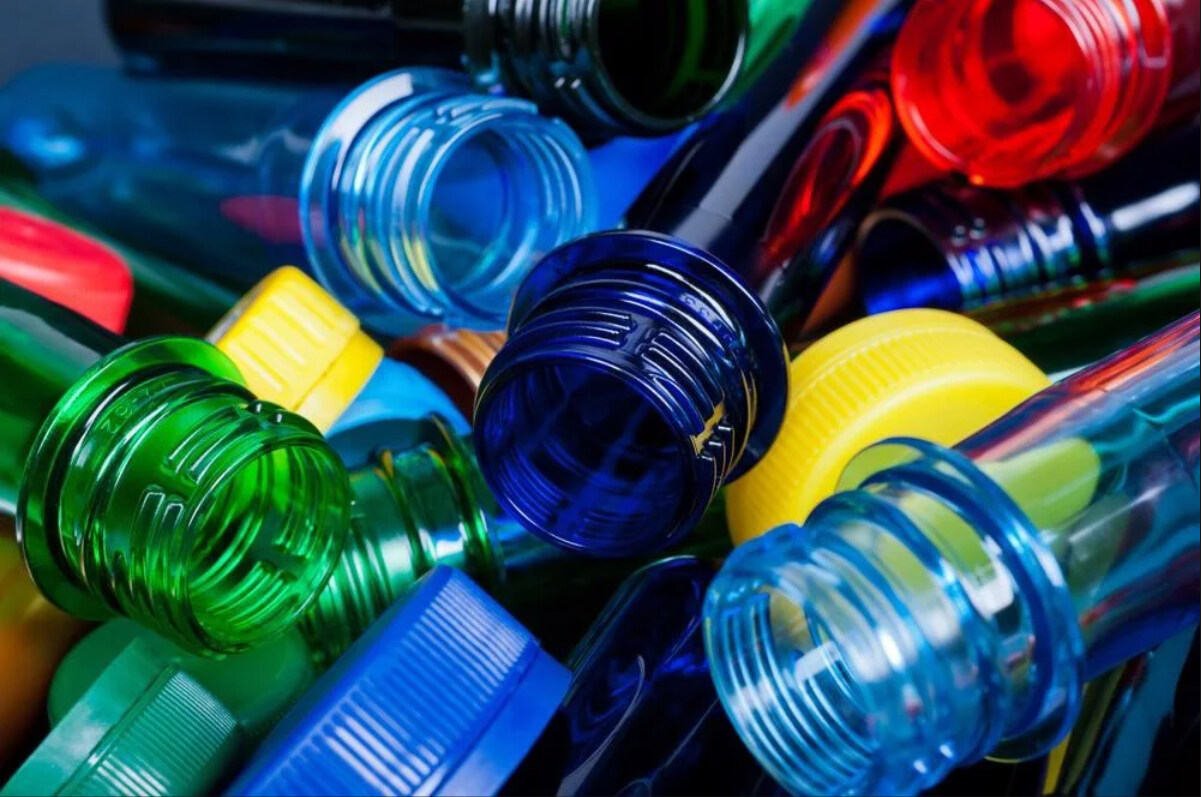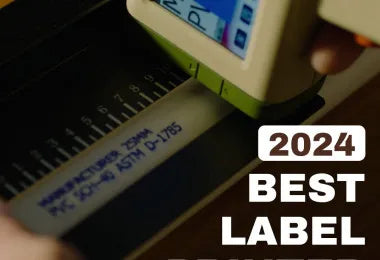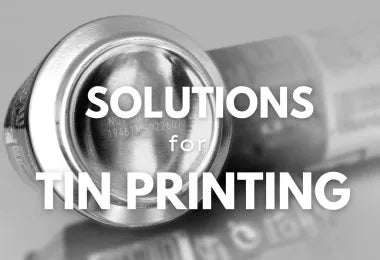Printing on plastic products requires a nuanced understanding of both the printing technology and the materials involved. Plastics, with their unique properties, pose certain challenges in printing that are not present with more traditional materials like paper or fabric. This guide will navigate you through the process of selecting the right printer to ensure that your prints on plastic are both high-quality and durable.
Understanding Plastic Materials

Image Credit: DidiPho/Shutterstock.com
To select the right printer for plastic products, it's essential to understand the different types of plastics and their properties. Each type of plastic has distinct characteristics that affect the printing process.
- Polyethylene Terephthalate (PETE or PET): Used in soda and water bottles, food jars, and textiles, PET is clear, strong, and lightweight, with excellent barrier properties.
- Polyvinyl Chloride (PVC): Versatile and used in construction materials, medical devices, and credit cards, PVC can be made flexible with plasticizers.
- High-Density Polyethylene (HDPE): Found in milk jugs, detergent bottles, and plastic bags, HDPE is known for its high strength, density, and resistance to solvents.
- Polypropylene (PP): Known for its toughness and heat resistance, PP is used in automotive parts, containers, and special fibers.
- Low-Density Polyethylene (LDPE): Used for plastic bags and squeezable bottles, LDPE is softer, flexible, and resistant to acids, bases, and oils.
- Polystyrene/Styrofoam (PS): Rigid polystyrene is used in cutlery and CD cases, while Styrofoam is used for packing materials and food containers.
- Miscellaneous Plastic Polymers: This category includes various plastics like polycarbonate, polyurethane, and acrylic, used in applications from bulletproof windows to foam seating.
Each plastic type presents unique challenges for printing, requiring specific inks and techniques for optimal adhesion and durability.
Printer Types for Plastic Printing
1. Inkjet Printers:
- Standard Inkjet Printers: These are versatile, capable of producing high-detail, full-color images on plastics like PET and PVC. They work by spraying tiny ink droplets onto the surface, suitable for various resolutions and color complexities.
- Handheld Inkjet Printers: These are a more flexible variant, perfect for on-the-go printing requirements. Handheld inkjet printers are ideal for printing on large or awkwardly shaped plastics where traditional printing methods are impractical. These portable printers are especially useful in logistics, for marking packaging, or in manufacturing settings for adding serial numbers or expiration dates directly onto products.
2. Laser Printers: Utilizing toner instead of ink, laser printers are excellent for smooth plastics such as PVC and PET. They offer precision, speed, and high-quality text and image reproduction.
3. Thermal Printers: Commonly used for labels and barcodes on plastic, thermal printers transfer the image via heat, which works well with plastics like HDPE and LDPE.
4. UV Printers: These printers use ultraviolet light to cure the ink, suitable for a wide range of plastics including challenging surfaces like acrylic and polycarbonate. UV prints are durable, high-quality, and resistant to fading.
5. Digital Printers: Ideal for detailed, custom designs, digital printers (either inkjet or toner-based) can handle almost any type of plastic, particularly useful for short runs and on-demand printing.
6. Flexographic Printers: Used for large-scale printing on plastic films, flexographic printing is suited for continuous patterns on materials like LDPE and HDPE, using flexible plates and fast-drying inks.
7. Pad Printers: This method is used for three-dimensional objects, effectively printing on irregular surfaces like toys and medical devices.
8. Screen Printers: Ideal for high-volume, durable prints, screen printing is commonly applied to items like plastic containers and promotional products.
Each printer type is tailored to specific applications and considerations such as the plastic type, print quality, production volume, and environmental factors. Understanding these aspects is key to selecting the most suitable printer for your plastic printing needs.
Printing Techniques and Tips
Achieving a high-quality print on plastic isn’t just about the equipment and materials; it's also about technique. Here are some tips:
- Surface Preparation: Ensure the plastic surface is clean and free of oils or dust.
- Test Printing: Always perform a test print to check for adhesion and color accuracy.
- Temperature and Humidity Control: Some inks and printers perform better under specific environmental conditions.
- Print Resolution: Higher resolution printers are generally better for detailed graphics and text.
Conclusion
Choosing the right printer for printing on plastic products is a critical decision that impacts the quality and durability of your prints. Whether you’re printing labels, signage, or decorative graphics, understanding the interplay between the plastic material, printer type, ink choice, and printing technique is key to success. With the right combination, you can achieve impressive results that are both visually stunning and long-lasting.





